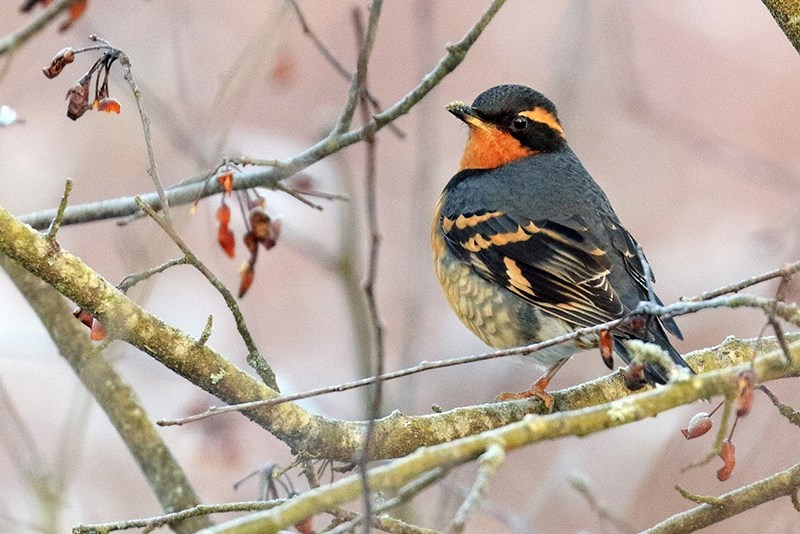B.C.'s birds are alive and well and living in your back yard, the results of this year's bird count show.
As many as 10,500 birds were spotted along trails and parks in the Tri-Cities by local birders participating in the annual Christmas Bird Count, a number that has held steady over the past several years, according to Victoria Otten, a count organizer.
As well, 94 different species were identified, the second highest number over 20 years, showing a surprising amount of diversity for the area.
"Generally, the picture looks pretty good," Otten told The Tri-City News this week. "We've been doing this count since 1995 and we're now in a position to look at some trends over the past two decades and things are not as grim as is sometimes portrayed."
For example, it's often assumed that the crow is the most common bird in the area, owing to their large and often noisy presence.
But in fact there are only about 1,000 resident northwestern crows foraging in the Tri-Cities during the day before flying to Still Creek in Burnaby at night to roost.
Otten said the 65 birders who came out in unusually cold temperatures to count birds in the area — mainly Shoreline Park in Port Moody, Colony Farm Regional Park and DeBoville Slough — as well as parks and trails, were pleased to see such a wide range of birds.
It was noted that raptors, such as hawks and various local owl species have been holding pretty constant.
The volunteers who participated also spotted 28 Anna's hummingbirds, down from 36 last year and 38 in 2014. Although the number is dropping number it is still considered high given that the tiny, colourful birds have only been expanding into this area relatively recently.
Mallard ducks were the most common species and 1,976 were spotted, followed by Canada geese at 1,557.
Close to 400 varied thrushes were sighted; these birds typically stick to higher elevations but snow covered their food sources so they were foraging closer to sea level.
There was also a jump in the number of red-breasted sapsuckers spotted this year after the cold weather may have forced many down to the low lands as well.
After the count, the volunteers went home and warmed up and the count data will be sent to the official compiler who will forward the information to the Audubon Society after checking for inconsistencies.
Otten said the results show the area is still able to support a wide variety of birds.
"Contrary to impressions, sometimes it helps to go out and do a count," she said. "It shows the value of these things (counts), otherwise it's anecdotal."



